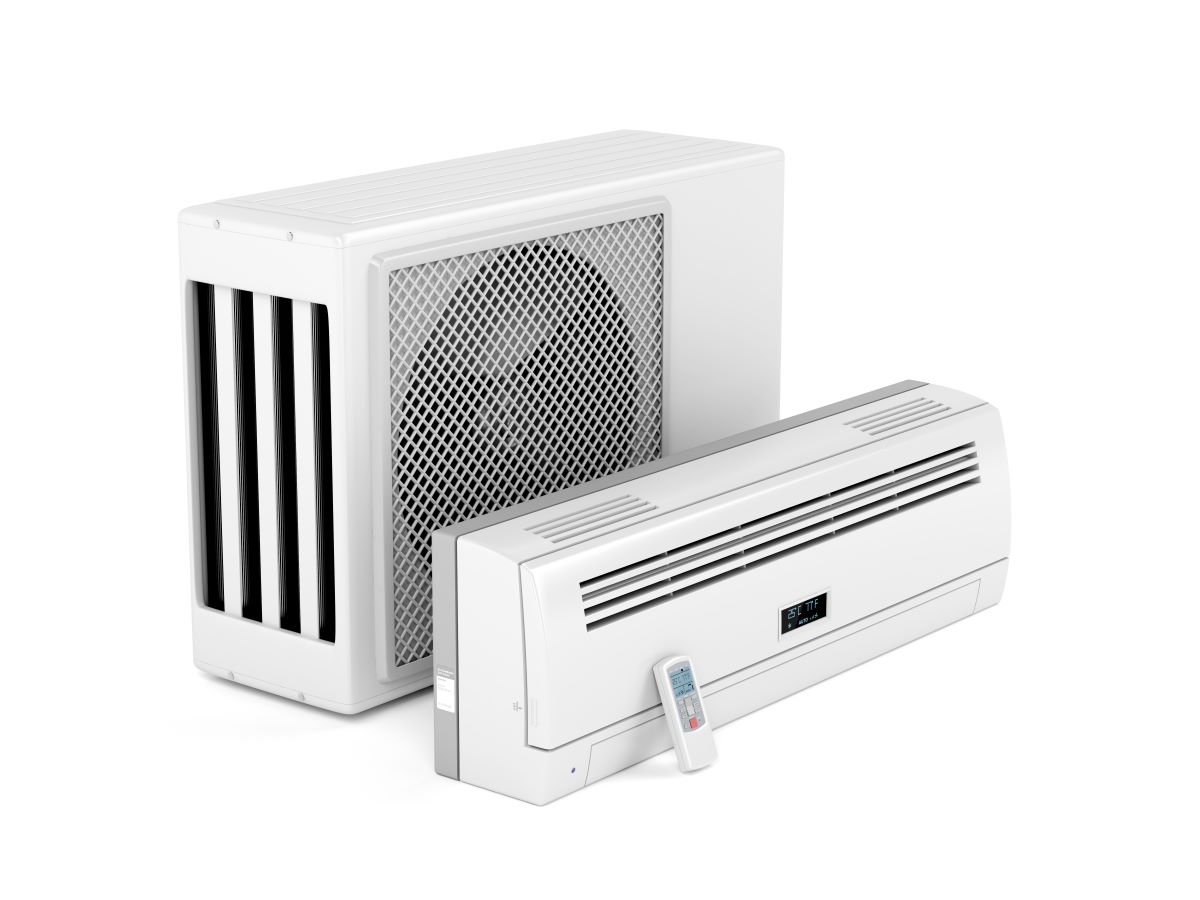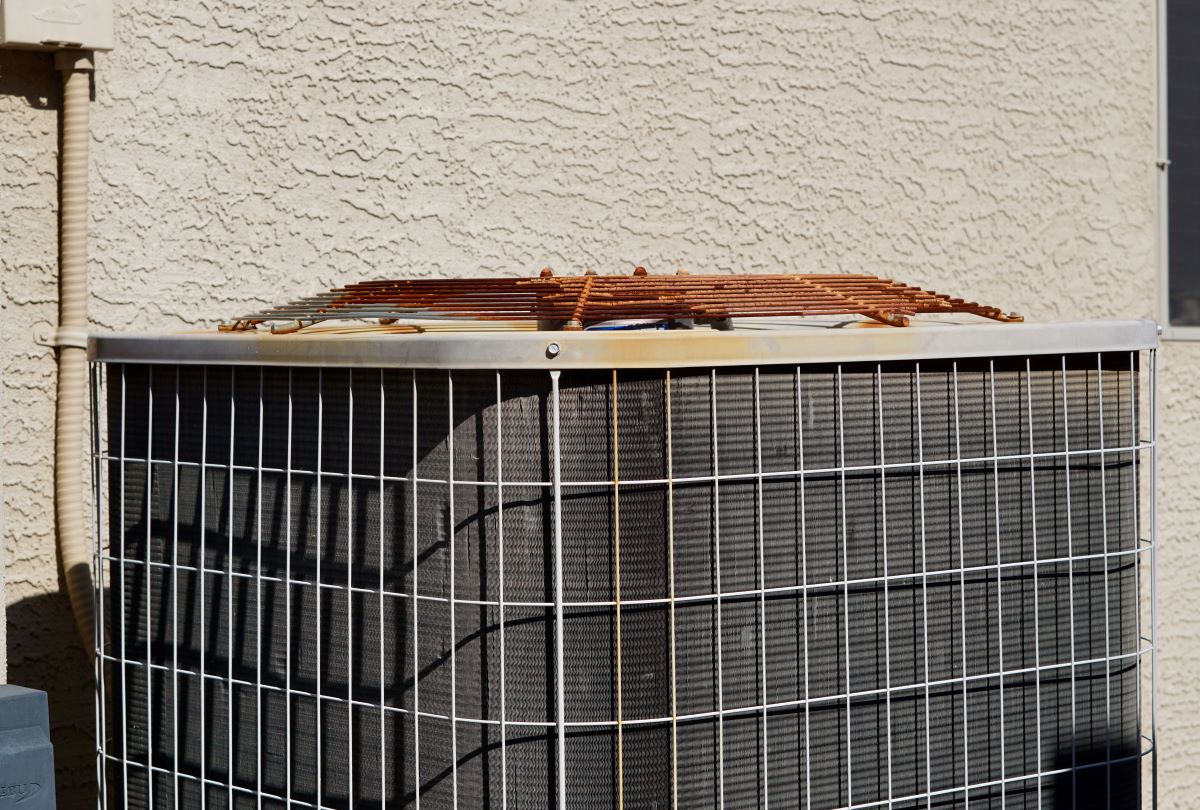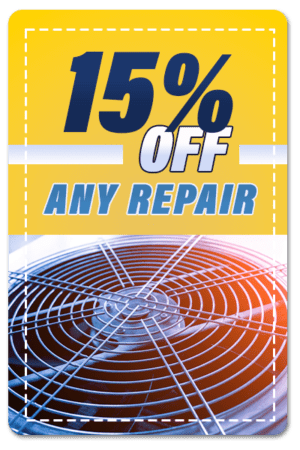Living in San Ramon, CA, you know just how important a reliable air conditioning system is. Whether you’re facing triple-digit summer temperatures or just want to maintain indoor comfort year-round, a well-functioning air conditioning unit is essential. But like all major home systems, your AC won’t last forever. So, how do you know when it’s time to consider replacing your air conditioning unit?
If you’re starting to notice inconsistent cooling, rising energy bills, or frequent repairs, these may be signs that your system is on its last leg. In this guide, we’ll explore how to determine when it’s time to replace your AC, what it typically costs to install air conditioning in California, and whether keeping an older system—like a 20-year-old unit—is worth the hassle.
 How Do You Know When It’s Time to Replace Your AC Unit?
How Do You Know When It’s Time to Replace Your AC Unit?
Deciding when to replace your air conditioning unit can be a tough call for any homeowner. You might wonder if it’s worth repairing just one more time or if investing in a new system will save you money and stress down the road. While every situation is unique, there are some common signs that it’s time to consider replacing your AC unit—especially if you’re noticing changes in performance, efficiency, or comfort.
Below are the key indicators that your current air conditioning unit may be ready for retirement:
Your AC Unit Is Over 10–15 Years Old
Age is one of the biggest factors in determining whether to replace your air conditioner. Most air conditioning units are built to last between 10 and 15 years with regular maintenance. After that point, even the best-maintained systems begin to lose efficiency and are more prone to breakdowns.
Technology has also come a long way in the past decade. Newer models are significantly more energy-efficient and better at maintaining consistent temperatures. If your AC unit is over 15 years old and giving you problems, replacing it with a newer model is often more cost-effective than continuing to make repairs.
Rising Energy Bills
Have you noticed a sudden spike in your energy bills during the summer? As air conditioners age, their components wear down and become less efficient, requiring more energy to achieve the same cooling output. This not only increases your monthly utility costs but also puts unnecessary strain on your system.
An upgraded unit with a higher SEER (Seasonal Energy Efficiency Ratio) rating can drastically reduce your energy usage. When you install air conditioning that meets modern energy standards, you’ll notice lower bills almost immediately—and help the environment at the same time.
Frequent Repairs or Breakdowns
It’s not unusual to need a repair now and then, but if you’ve called a technician multiple times in a single season, your AC is trying to tell you something. Minor repairs can add up fast, and those costs are often better spent on a new system. Especially if your compressor or evaporator coil fails, these expensive components often cost nearly as much as a new unit.
If you’re frequently searching for “HVAC contractors near me” because of issues like weak airflow, leaks, or mechanical failures, it may be time to consider replacing your AC unit altogether.
Inconsistent Temperatures or Poor Airflow
A well-functioning air conditioner should cool your home evenly. If some rooms are hotter or colder than others—or if you’re noticing poor airflow from your vents—your AC may no longer be up to the task. Blockages in your ductwork can be part of the problem, but often, it’s the unit itself that’s underperforming.
When your current system can’t keep up with your cooling needs, replacing your home AC unit may be the most effective solution for restoring indoor comfort.
Strange Noises or Odors
Banging, rattling, grinding, or buzzing noises coming from your unit are never a good sign. These sounds typically point to internal problems such as loose components, motor issues, or fan problems. Likewise, if your system emits unpleasant smells—like mustiness, which may indicate mold, or burning, which could mean overheating wires—it’s time to act quickly.
These warning signs may point to the need for a full air conditioning unit replacement, especially if they’re persistent or accompanied by reduced cooling performance.
Your Home Feels More Humid Than Usual
Air conditioners do more than cool your home—they also help control humidity. If you’ve noticed that your home feels sticky or damp, even when the AC is running, your unit may no longer be effectively removing moisture from the air.
While some humidity issues can be resolved with a dehumidifier, persistent problems usually mean your AC is on its last leg and should be replaced.
When in Doubt, Schedule a Professional Assessment
Not every problem means your AC needs to be replaced immediately, but consistent performance issues, increased energy use, and costly repairs are strong indicators. A qualified HVAC installer can inspect your current system and give you a detailed recommendation based on your home’s unique needs.
If you live in San Ramon and are unsure whether your system needs to be repaired or replaced, Refreshed Heating and Cooling is here to help. Our experienced team can evaluate your air conditioning system and help you make the right call—no pressure, just honest advice.
 How Much Does It Cost to Replace an AC Unit in California?
How Much Does It Cost to Replace an AC Unit in California?
Replacing an air conditioning unit is a significant investment for any homeowner, and in California—where temperatures can soar and energy regulations are stricter than in many other states—it’s important to understand what goes into the cost of a new system. Whether you’re upgrading to improve energy efficiency or your current unit has simply reached the end of its life, knowing what to expect in terms of pricing can help you budget and plan effectively.
In California, the cost to replace an AC unit typically ranges between $6,000 and $12,000, depending on several key factors. Let’s break it down so you know exactly what affects pricing, and how to make the most informed decision when choosing a system and an HVAC installer.
Key Factors That Affect the Cost of AC Replacement in California
Type of Air Conditioning System
The type of air conditioning unit you choose will have a major impact on the overall cost:
- Central Air Conditioning Systems are common in California homes and are ideal for cooling multiple rooms or an entire house. These systems are more complex and typically cost more, especially if ductwork installation or replacement is needed.
- Ductless Mini-Split Systems are a great choice for smaller spaces or homes without existing ductwork. These units are more flexible, easier to install, and generally cost less in terms of labor and materials, but they may not be suitable for larger homes.
- Heat Pump Systems, which provide both heating and cooling, are gaining popularity for their energy efficiency. While the upfront cost may be higher, these systems can save you money over time by replacing both your furnace and AC.
Size and Layout of Your Home
AC systems are sized based on your home’s square footage, insulation quality, number of windows, and layout. Larger homes or homes with multiple stories typically require more powerful units to maintain consistent temperatures, which increases the overall cost of the equipment and installation.
A properly sized unit is crucial—too small and it won’t cool your home effectively, too large and it will cycle on and off too frequently, wasting energy and shortening its lifespan. A professional HVAC installer will perform a load calculation to determine the best unit size for your home.
Energy Efficiency (SEER Rating)
The Seasonal Energy Efficiency Ratio (SEER) measures how efficiently an AC system uses electricity. In California, regulations often require systems with a minimum SEER rating of 14 or higher. Systems with SEER ratings of 16 to 21 are considered highly efficient and can lead to major savings on monthly utility bills.
While high-SEER systems cost more upfront, they often qualify for rebates or incentives, and the energy savings over time can offset the initial investment. When you install air conditioning that’s highly efficient, it’s not just good for your wallet—it’s also better for the environment.
Labor and Installation Complexity
Labor is a big part of the total cost when it comes to air conditioner installation. If your existing system is easy to access and the ductwork is in good condition, the job may be fairly straightforward. However, more complex jobs—like installing new ductwork, upgrading your electrical panel, or working in tight or hard-to-reach areas—can increase labor time and costs.
Working with trusted HVAC contractors near me ensures that the job is done right the first time, preventing costly mistakes or safety issues down the line.
Permits and Code Compliance
In California, replacing an AC unit usually requires permits and inspections to ensure the system complies with state building codes and environmental standards. Permit costs vary by city or county, but this is a necessary step to ensure your system is legal and safe.
An experienced HVAC contractor will handle all permitting and code compliance for you as part of the installation process, giving you one less thing to worry about.
Optional Upgrades That Can Add to Your Cost
There are several optional features you might consider adding to your new air conditioning system, which can impact the total price:
- Smart Thermostats for precise temperature control
- Air purifiers or advanced filtration systems
- Zoned cooling systems for customized comfort
- Surge protectors to prevent damage during power outages
While these upgrades may increase your initial investment, they often add value to your home and improve indoor comfort and air quality.
How to Get the Most Value from Your Investment
The best way to ensure you’re getting the most value from your air conditioning unit replacement is to work with a reputable, experienced company that offers transparent pricing and high-quality workmanship. Refreshed Heating and Cooling proudly serves San Ramon and surrounding areas with expert AC installation and replacement services.
We’ll help you choose a system that fits your home, your needs, and your budget—without upselling or cutting corners.
 Should You Replace a 20-Year-Old AC Unit?
Should You Replace a 20-Year-Old AC Unit?
Short answer: Yes—especially if you want to save money, improve comfort, and reduce your carbon footprint.
Here’s why replacing a 20-year-old air conditioning unit is usually the best decision:
Drastically Improved Energy Efficiency
Today’s AC units are designed with significantly better energy standards. A newer system can operate at nearly double the efficiency of a unit built 20 years ago. That means lower energy bills and a reduced impact on the environment.
Modern Features and Smart Technology
From programmable thermostats to variable-speed compressors, modern AC systems offer a level of control and precision that old units simply can’t match. This not only enhances comfort but can also prevent energy waste.
Reduced Repair and Maintenance Costs
Old systems require more upkeep and are more prone to failure. As your unit ages, finding compatible replacement parts becomes harder—and more expensive. Replacing your air conditioner now helps you avoid emergency repairs during peak summer months.
Compliance with Current Refrigerant Regulations
Older units often use outdated refrigerants like R-22 (Freon), which is now phased out due to environmental concerns. New systems use eco-friendly refrigerants that are safer for both your home and the planet.
If your AC is 20 years old—or even approaching that mark—it’s time to consider an air conditioning unit replacement. The peace of mind alone is worth the investment.
What to Expect During AC Installation in San Ramon, CA
When you’re ready to move forward with replacing your AC unit, it’s essential to understand what the process looks like. At Refreshed Heating and Cooling, we’ve simplified the process to ensure a smooth and hassle-free experience.
Step 1: In-Home Consultation
Our team of certified HVAC installers will evaluate your current system, assess your home’s cooling needs, and help you select the right unit based on your preferences and budget.
Step 2: System Selection
We’ll recommend the best models that meet your energy goals, sizing requirements, and desired features. We only install trusted, high-performance brands for long-lasting results.
Step 3: Installation Day
We arrive on time and remove your old system carefully. The new air conditioning unit is then installed according to manufacturer specifications and California building codes.
Step 4: System Testing & Optimization
Before we leave, we thoroughly test your new system, ensure all connections are secure, and help you understand how to use any smart features or programmable settings.
Step 5: Ongoing Support
Even after the installation is complete, we’re just a phone call away. Whether you need help with maintenance or have questions about performance, our customer-first approach ensures you’re always covered.
If you’d like a more detailed overview, check out our Guide to AC Installation & Replacement in San Ramon, CA.
Why Choose Refreshed Heating and Cooling?
When it comes to replacing a home AC unit, choosing the right contractor makes all the difference. At Refreshed Heating and Cooling, we’ve built a reputation throughout San Ramon for honest pricing, quality workmanship, and unmatched customer service.
Our Commitment Includes:
- Fast, responsive service from local technicians
- Transparent estimates with no hidden fees
- Certified and experienced HVAC professionals
- Installation of energy-efficient systems tailored to your home
- Financing options to fit your budget
Whether you’re researching air conditioner installation for the first time or urgently need a new system before the next heatwave, we’re here to help.
Call Refreshed Heating and Cooling Today
If you’re wondering whether now is the right time to replace your AC unit, let our team help you make an informed decision. With years of experience serving San Ramon homeowners, Refreshed Heating and Cooling is your trusted partner in comfort and efficiency.
Give us a call at 925-755-4440 to schedule your consultation.
Don’t wait until your system fails—upgrade your comfort with a new air conditioning unit that works as hard as you do.


